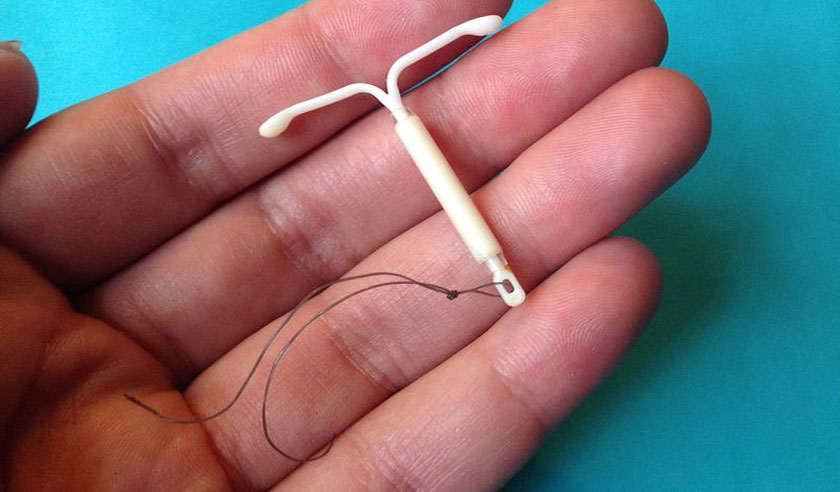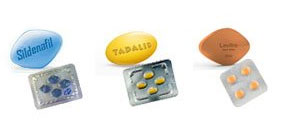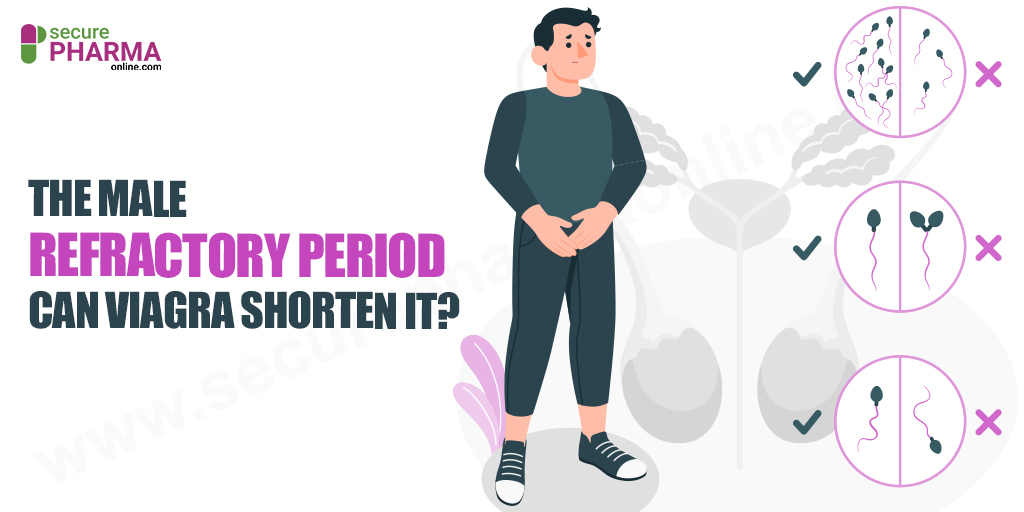6 Best Non Hormonal Birth Control Options

In this article, we’ll discuss some of the best non-hormonal birth control options available in the market.
Overview
Birth control is a common affair amongst women who want to take part in the sexual pleasures of life but are not ready to give birth to a child. To enforce birth control within their body, there are several options in the form of medications, surgeries, or material objects that can restrict the sperm from finding its way through the cervical mucus all the way to the ovary.
Birth Control Options
The 2 main categories of prevention are either hormonal control options (like Lo Ovral, NuvaRing Generic, Yasmin pill, etc.) or non-hormonal control options.
Hormonal options are known to be accompanied by a fair number of side effects due to change in hormonal composition, unprotected from STDs and STIs, passing these hormones to your child during breastfeeding, and other health concerns. Whereas, non-hormonal options, on the other hand, act as a material barrier-like protection.
The side effects of these non-hormonal solutions for preventing pregnancy are much lower as compared to hormonal medication.
Also Read: Types Of Birth Control Pills
Best Non Hormonal Birth Control
As long as 2 people use a condom, cap, spermicide, the copper IUD, sponge, etc, the chances of the woman becoming pregnant remain extremely low.
Rather than allowing man-made hormones to be administered into the body, women can opt for non-hormonal solutions after checking the effectiveness rates of these alternative options.
Keep reading to learn more about the best non-hormonal birth control options in the market.
1. Male and Female Condoms
In the case of males, this is a flexible rubber material barrier that is placed on the penis and can stretch to as big as the penis becomes when erect. During intercourse, this condom blocks the sperm from entering the woman’s uterus and keeps pregnancy at bay.
Although it is made of latex, there can be occurrences of different flavors and other materials that lead to allergic reasons.
Condoms also protect 2 individuals from transmitting STDs between each other at an extremely reasonable rate (cost-wise). To make it an almost foolproof method of pregnancy prevention, combine condoms with spermicide.
Female condoms are positioned in a very thin lining inside the vagina, this protects the uterus from any contact with sperms. They also help in HIV prevention during anal sex.
Female condoms can be bought at some medical stores, otherwise online is the best mode of purchase. The synthetic latex and polyurethane material make it a great barrier but make sure to refrain from letting a condom rub against it, as wear and tear can occur.
2. Cervical Cap
This is a non-hormonal birth control option and is placed over the cervix to restrict sperms from entering the uterus via the externally positioned orifice of the uterus. It may sound unhealthy, but it is reusable.
The cervical cap must be used with a spermicide and must not stay in the vagina for a period of over 48 years.
Toxic shock syndrome is a condition that occurs due to bacteria-based toxic elements and can induce rashes, fever, and peeling of the skin. To avoid it, refrain from using a cervical cap during periods.
However, it offers no protection against STDs and has a higher failure rate amongst women who are already mothers.
3. Spermicide
Some common spermicides are Gynol II, Conceptrol, Trimensa Pharmaceuticals Prepair Spermicidal Lubricant, and Encare Vaginal Inserts. This is a jelly-like liquid substance that must be inserted into the vagina 15-30 minutes before indulging in intercourse.
Spermicide works by killing the sperms and making them inactive. The chemical present in spermicides is known as nonoxynol-9 and advocates the prevention of egg fertilization by killing the sperms.
How effective is the Spermicide? To ensure the prevention of pregnancy, it must be used with a condom (as it also does not protect from STDs). Think about it, not using spermicide with a condom has a failure rate of 30 percent whereas combining the two has a success rate of 97 percent.
4. Copper Intrauterine Device (IUD)
Copper IUD is a long-term solution for pregnancy prevention and has also proven to be the most effective of all birth prevention options. The device is extremely small in size and has a T-shaped structure made of plastic and copper. It instantly releases copper and creates a hostile environment for the sperm to survive in the fallopian tubes and the uterus.
The uterus undergoes inflammation so as to prevent maintaining the egg, even in the unfortunate situation that the egg has already been fertilized.
Once a medical professional has fitted the copper IUD, it can be left in the vagina for almost a decade and provides hassle-free protection from sperms.
The need for reminders, constant pills, keeping a track of your menstrual cycle and post-sex pregnancy worries can all be succumbed by the inculcation of a copper IUD. However, rare side effects such as ectopic pregnancy and Pelvic Inflammatory Disease (PID) can occur.
5. Diaphragm
This too is a barrier method for birth control and it does not include any inculcation of man-made hormones. The diaphragm is generally positioned right above the cervix along with a spermicide at a duration of 1 hour before sex and at least 4 to 6 hours post-sex.
The spermicide must be applied along the edges of the diaphragm for a complete defense mechanism against sperms. By the looks of it, you can imagine a dome-shaped cup with a flexible rim for greater adjustability. Just as with any medical action, as long as the instructions given by a medical professional are followed, the chances of pregnancy are drastically low.
Keep in mind, that STDs are not prevented by Diaphragms, even if the device is fitted in the vagina for over 1 year, it makes no difference.
6. Contraceptive Sponge
This sponge already consists of soaked spermicide and is made out of plastic foam. It can be inserted by the woman itself by simply placing it in the vagina. Apart from soaking all the sperm, the spermicide is also released during each stroke during intercourse and it immobilizes all the active sperms.
The double protective mechanism of uterus blocking and sperm killing ensures that the egg in the woman is out of reach.
Only women who have been pregnant prior to using a contraceptive sponge can expect a failure rate of 20 percent, whereas others can expect a failure rate of 5 to 7 percent.
Leave a contraceptive sponge in the vagina for more than 6 hours post-intercourse and remove it after a maximum 30-hour mark.
Other old-school methods of nonhormonal birth control solutions include withdrawal before ejaculation and keeping a track of the menstrual calendar. These cannot always be effective and the level of vagueness can lead to undesired pregnancy.
Surgical procedures such as sterilization and vasectomy are also very effective and can be considered if you have decided that you never want to give birth to a child.
Wrap Up
Choosing a specific type of birth control is completely the choice of a woman. Some safeguard individuals from transferring and contracting STDs, whereas some do not. Factors such as age, frequency of sex, the reason for birth control, allergies, finances, and health concerns play a crucial role in determining the perfect solution for birth control.
March 30, 2020 Sam Bell











Comments